People
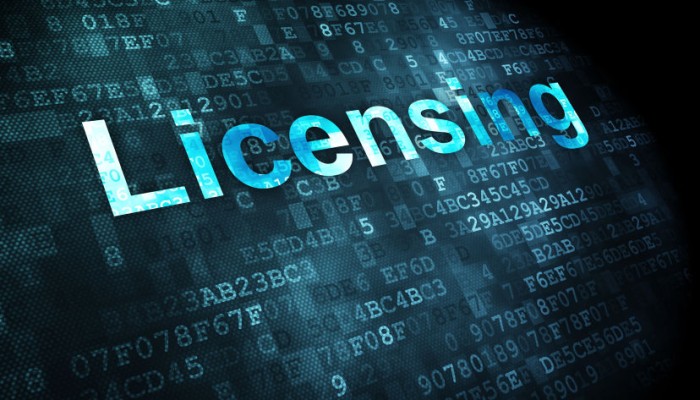
March 2024
PE7: Monitor and update rules to support new RePL licensing requirements
Not started
Review and update rules as needed so they are fit for purpose as operational needs evolve. Clarifying requirements to enhance and mature the rules.
Principle: Adaptive and scalable.
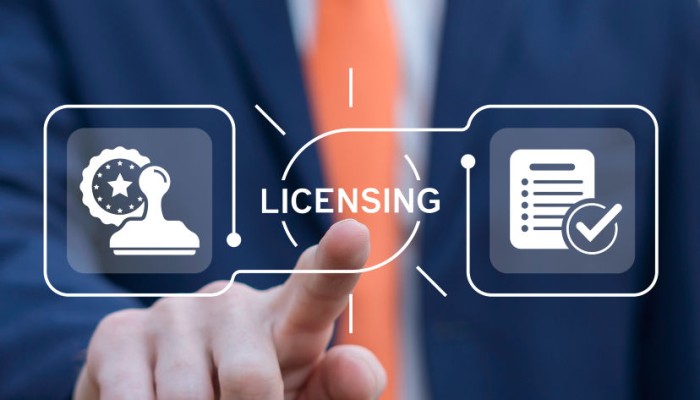
July 2024
PE2: Align RPAS training and licensing requirements with international standards
In progress
Work to align and improve the efficiency of RPAS licensing requirements to harmonise with international (including ICAO) standards.
Principle: Progressive and internationally aligned.
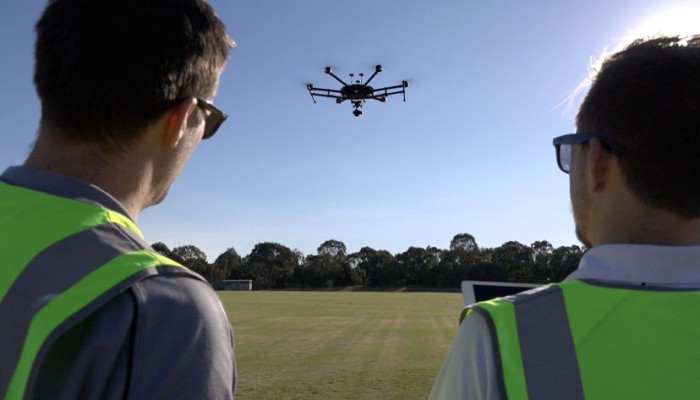
October 2024
PE1: Begin implementation of regulatory and system changes following the review of RePL requirements
In progress
Begin implementing regulatory and system changes based on RePL requirements review. Future-proof the licensing system to accommodate industry growth and evolving concepts of operation. This could include streamlined pathways for medium RPAS licensing.
Principle: Adaptive and scalable.
TWG recommendation -
The release of the Technical Working Group recommendations for a comprehensive flight test for medium RPA category licences has been delayed.
This is to ensure full development of the proposal, benefits, risks, controls and impact to RePL holders and training organisations.
We aim to open consultation in the middle of 2026.
TWG recommendation -
The TWG has agreed on a recommendation and submitted it to the Aviation Safety Advisory Panel for review. We expect to start public consultation in September 2025.
TWG established -
We are working with industry through a TWG, established by the Aviation Safety Advisory Panel, on medium category and broader RPAS licensing framework improvements.
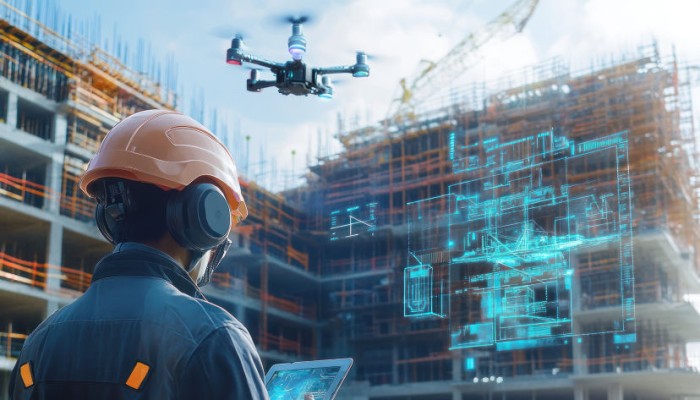
January 2025
PE4: Review radio operator competency requirements for remote pilots
Not started
Identify the gap between remote pilot training and competencies and what is required to safely coordinate with crewed aviation.
Principle: Safety first.
Increasing sport and recreational opportunities
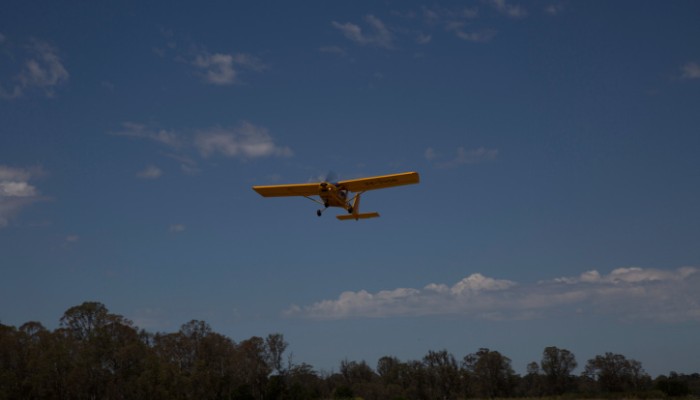
April 2024
Pilot access to Class C and Class D airspace
In progress
Expand access to controlled airspace for Recreation Aviation Australia (RAAus) pilots from 2025.
Deliverables
- Implement legislative changes enabling RA-Aus pilots to access relevant airspaces, with access to be contingent on RA-Aus implementing appropriate systems, controls and processes.
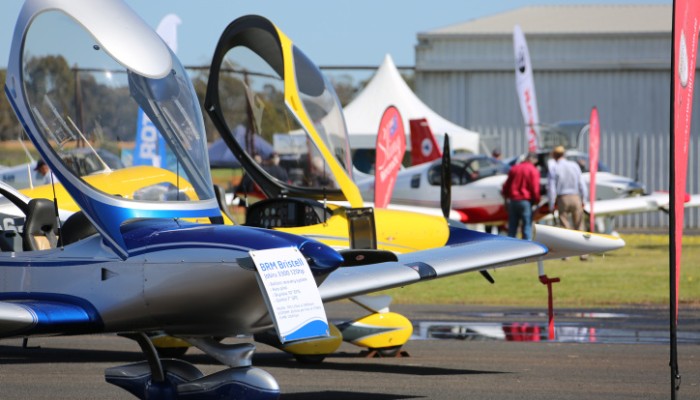
October 2024
Part 103 project
In progress
Develop a Part 103 MOS to replace relevant sport and recreation Civil Aviation Orders (CAOs).
Deliverables
- Consult with relevant stakeholders during 2025 and 2026
- Finalise the Part 103 Manual of Standards (MOS) in 2026.
- Commence the Part 103 MOS an appropriate period after the MOS is finalised
- Where appropriate, deferred MOS provisions might not be implemented until 18 months to 2 years (or longer – to be determined through consultation activities) after the MOS commences.
Infrastructure

July 2024
IN1: Develop guidance material, design requirements and rules for vertiports and other infrastructure required to support AAM operations
In progress
Develop guidance material, design requirements, and rules for vertiports and other infrastructure needed to support AAM operations. This initiative will ensure that facilities are safe, efficient, and able to meet AAM needs, helping integration into urban and regional environments.
Principle: Balanced and socially responsible.
Consultation commenced -
On 10 June 2025, we opened consultation on draft advisory circular (AC) 139.10 v1.0: Guidelines for vertical flight aircraft facilities at aerodromes designed for aeroplanes.
We intended the AC to provide guidance to aerodrome and aircraft operators in the planning, design and operation of facilities for both:
- helicopters
- vertical take-off and landing (VTOL) capable aircraft (VCA).
It applies to facilities located on an aerodrome that the designers of which may have only designed for fixed-wing aeroplanes.
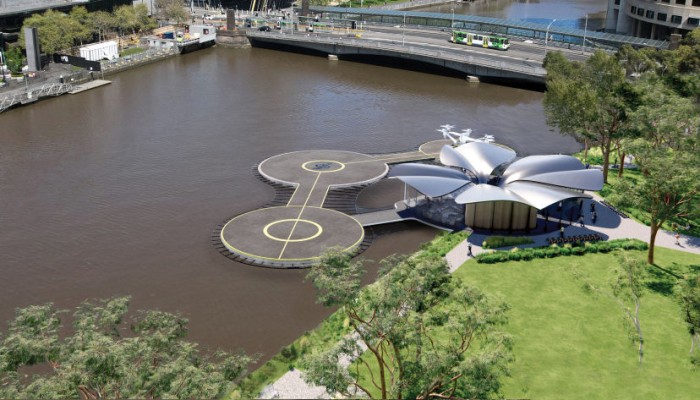
October 2024
IN2: Consider a regulatory framework to support RPAS and AAM infrastructure (for example vertiports, vertipads)
In progress
Establish a regulatory framework to support the infrastructure needs for RPAS and AAM operations, including vertiports and vertipads. This framework will outline the rules and standards to ensure safety, efficiency, and integration of AAM infrastructure into regional and urban environments.
Principle: Risk and outcome-based.
Operations

July 2024
OP4b: Engage internationally to assist the development of regulatory pathways to resolve the 12 nm issue
In progress
Continue working with ICAO and like-minded regulators at legal and operational levels to help develop regulatory solutions for the 12 nm issue.
Principle: Progressive and internationally aligned.

July 2024
OP8: Continue to develop policy and pathways for the assessment of complex RPAS operations
In progress
Continue to develop policies and pathways for RPAS operations that are relative to the risk and complexity of the operations. This could include further clarification and streamlining of BVLOS pathways, and consideration of high altitude and increasingly automated RPAS. It may include identifying streamlined pathways to enable lower risk RPAS operations.
Principle: Risk and outcome-based.

July 2024
OP4a: Develop industry guidance to support large RPAS operations
In progress
Review policy and publish industry guidance outlining operational pathways to support the safe operation of large RPAS.
Principle: Risk and outcome-based.
Investigating regulatory pathways -
CASA continues to investigate regulatory pathways to enable commercial operations involving large RPAs without an airworthiness certificate. Communications with industry will be forthcoming once CASA has concluded its investigations.

July 2024
OP7: Implement rule changes from the PIR of CASR Part 101
In progress
Continue to implement the actions that resulted from the 2021 post-implementation review and public consultation in 2022.
Principle: Adaptive and scalable.
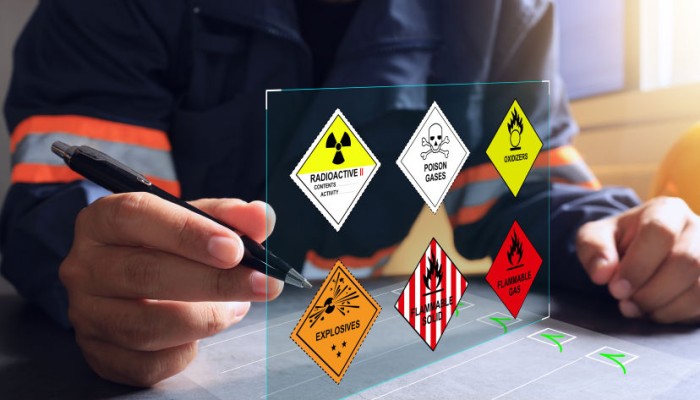
July 2024
OP6: Guidance material for the carriage of dangerous goods (DG)
In progress
Develop and publish guidance material for the safe carriage of dangerous goods to assist operators to adhere to the rules.
Principle: Balanced and socially responsible.
On track for consultation -
Draft guidance material has been developed. We anticipate it to be released for public consultation in Q4 2025.

July 2024
OP5: Review and develop pathways to support research and development operations
In progress
Review requirements for research and development; and develop and publish guidance. This activity aims to support industry needs, while ensuring best practices and safety standards throughout systems, operations development and testing processes.
Principle: Risk and outcome-based.
Consultation opened 13 October 2025 -
We're asking for feedback on:
- the current framework that supports research and development (R&D) operations
- how we can improve the safety and regulatory framework to better support R&D for uncrewed aircraft operations.
Submit your feedback by 9 December 2025 via our Consultation Hub to help shape support R&D for uncrewed aircraft operations.
Discussion paper update -
We have scheduled the release of the discussion paper for July 2025. We completed an internal peer review and are preparing for public release through the consultation hub.
Discussion paper delay -
The release of the discussion paper is experiencing a slight delay for public release. Internal peer review of the paper is expected to close in mid-April, after which CASA will consider feedback and determine next steps for engagement.
Due to standard practices around election periods, we now expect to release the paper after the election.
Discussion paper update -
The discussion paper has been finalised. We are preparing for public release through the consultation hub in October 2025.

December 2024
OP4: Conduct a gap analysis of CASR Parts to identify rule changes required to support RPAS and AAM operations
Enduring
Conduct gap analysis of CASR Parts and supporting policies as needed. Detailed industry concepts of operation will help to identify changes required for regulatory readiness for RPAS and AAM operations. The outcome of this work could include the identification of new activities, such as OP4a and OP4b.
Principle: Progressive and internationally aligned.
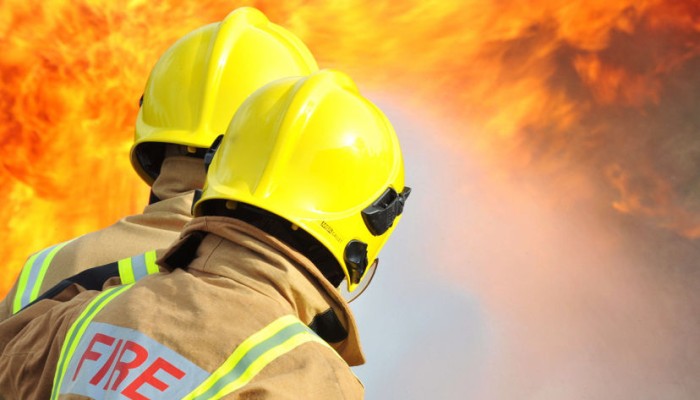
December 2024
OP3: Work with first responder agencies to enable safe operations and improve safety education
Enduring
We maintain liaison with first responder agencies to enhance education on the safe operation of RPAS and regularly review policies and procedures that support operations.
Principle: Balanced and socially responsible.
Exemption issued -
We have been working closely with State and Territory Police forces and have issued exemption instruments to support police operations where drones can be used indoors.
Supporting first responders -
We continue to support State and Territory first responders, to develop procedure manuals for scenario-based operations used in emergencies or recovery efforts.
We may issue exemption instruments from certain regulations to enable the efficient and timely use of RPAS during emergencies.

December 2024
OP2: Develop and publish further guidance material for RPAS operations already enabled in existing rules including acceptable means of compliance
Enduring
We regularly review RPAS policy to apply a risk-based approach that enables safe operations and improves efficiency. This work will be ongoing and will adapt to industry needs.
Principle: Safety first.
SORA - New population density bands -
We have reviewed and introduced new population density bands associated with the specific operations risk assessment (SORA) criteria, adapted for the Australian environment. These additional population bands give industry greater flexibility in the operational area by providing a more accurate ground risk classification and reducing unnecessary control measures.
The industry responded positively to our ‘Assessing Ground Risk for Beyond Visual Line of Sight Operations’ webinar on 3 December 2024.
We are continuing to improve guidance and pathways for beyond visual line of sight operations and operations over and near people.
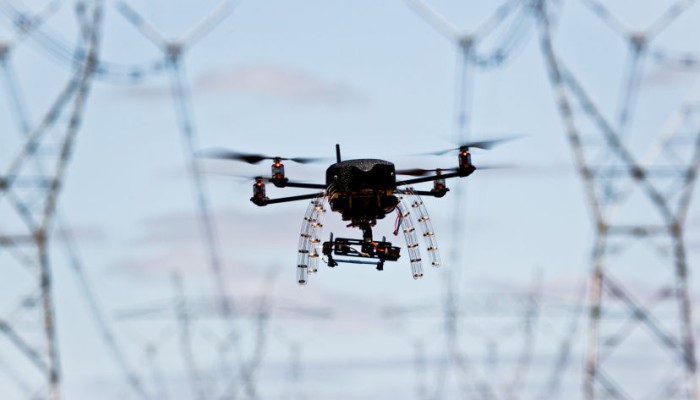
December 2024
OP1a: Review existing RPAS approval and oversight processes to make sure they are proportionate to the risk and complexity of operational activities
Enduring
Review processes and supporting documentation in line with current priorities and resourcing. We will consider quality assurance and continuous improvement practices. Where possible, streamline applications while ensuring safety. This could include considering digitisation or similar technologies to enhance efficiency and timeliness.
Principle: Risk and outcome-based.
Broad area BVLOS pathway trial -
CASA is trialling 4 approval pathways for broad area BVLOS flight operations for 12 months until 15 October 2026.
A ReOC holder who meets the requirements and criteria for these BVLOS flight approvals may apply for and receive broad area BVLOS operations approval for 12 months.
Read the temporary management instruction Broad BVLOS Operations to find out how to apply.
Airspace and traffic management

July 2024
AM6: Consider standardised airspace requirements for RPAS - RPAS and RPAS - AAM
In progress
Conduct analysis to decide the need for, demand drivers, and oversight requirements for RPAS integration.
Principle: Safety first.

July 2024
AM1: Through the AFAF, develop a transparent, consistent, and scalable method to manage Australian airspace that supports RPAS and AAM integration
In progress
Develop an overarching framework to align and integrate all airspace users, including RPAS, AAM and high-altitude operations. The AFAF is a component of Australia’s long-term airspace reforms.
Principle: Adaptive and scalable.
TWG review -
Work on AFAF is progressing. We conducted a review of the TWG tasking instructions and membership to ensure adequate representation of emerging technologies. We held a TWG meeting in November 2024 with new members in attendance.

July 2024
AM2a: Review existing flight rules against the future needs for RPAS
In progress
Research how international flight rules for RPAS and AAM have been implemented and investigate how existing flight rules apply to RPAS and AAM in Australia. Review Australian flight rules considering the evolving needs of RPAS, anticipating the need to align with operational maturity and technology advancements over time. Identify future changes required including conspicuity and equipage considerations.
Principle: Progressive and internationally aligned.

July 2024
AM5: Conduct an analysis to understand the crossover point from self-separation to a ‘managed’ environment
In progress
Conduct analysis to decide the need for, demand drivers, and oversight requirements for RPAS integration.
Principle: Risk and outcome-based.
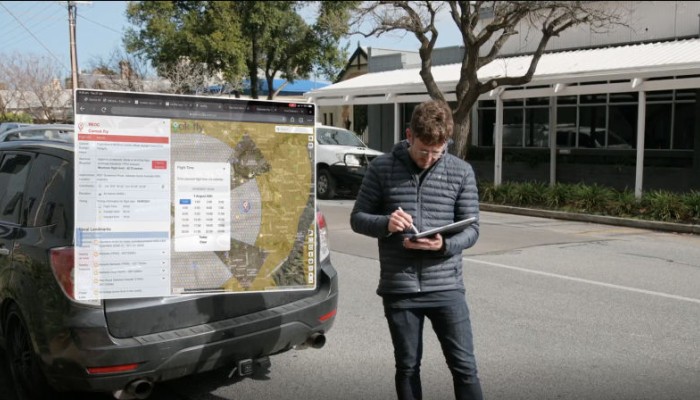
July 2024
AM4a: Initial implementation to ease identified risks and support RPAS airspace integration
In progress
Begin implementation towards RPAS airspace integration to mitigate identified risks, facilitate progress, and help gain broader acceptance from all airspace users. This includes maturing systems building from trials for automated airspace authorisations for ReOC holders within 5.5 km of selected controlled airports.
Principle: Adaptive and scalable.
FIMS revised launch -
Airservices Australia, in collaboration with FIMS vendor Frequentis and the initial UAS Service Suppliers, is now working towards a revised launch of FIMS in late May 2026.
This revised timeline allows Airservices to complete additional validation and assurance activities. This will ensure the system is fully ready from day one.
Plans remain in place to provide automated authorisations for 28 controlled aerodromes upon FIMS go-live in May.
Future of automatic airspace authorisations -
Since 2021, CASA and Airservices Australia have been trialling automated airspace authorisations (AAA) for commercial drone operations at select civil controlled aerodromes.
Later this year, the trial will transition to a permanent flight authorisation service delivered through Airservices' Flight Information Management System (FIMS) and participating third party service providers.
Expansion of AAAT -
We expanded the automated airspace authorisations trial (AAAT), a joint initiative by CASA and Airservices.
More than 1,400 automated flight authorisations have been processed. This has saved industry more than $1.2 million in application fees.
CASA continues to work with Airservices to expand authorisations to all civil-controlled aerodromes via FIMS at the end of 2025.
Sport and recreational aviation

October 2024
Part 103 project
In progress
Develop a Part 103 MOS to replace relevant sport and recreation Civil Aviation Orders (CAOs).
Deliverables
- Consult with relevant stakeholders during 2025 and 2026
- Finalise the Part 103 Manual of Standards (MOS) in 2026.
- Commence the Part 103 MOS an appropriate period after the MOS is finalised
- Where appropriate, deferred MOS provisions might not be implemented until 18 months to 2 years (or longer – to be determined through consultation activities) after the MOS commences.
Safety and resilience

October 2024
SR6: Work collaboratively across government to understand and establish spectrum requirements for RPAS and AAM
Enduring
Work with ACMA, DITRDCA and Airservices Australia to understand and establish spectrum requirements for RPAS and AAM.
Principle: Progressive and internationally aligned.

December 2024
SR5: Coordinate the approach to enforcement between relevant authorities
Enduring
Maintain relationships with enforcement agencies to coordinate appropriate enforcement actions on emerging technologies when needed.
Principle: Balanced and socially responsible.

December 2024
SR4: Work with DITRDCA to provide transparent reporting on RPAS enforcement actions to promote corrective actions and lessons learned
Enduring
We will continue to work with DITRDCA on RPAS-related activities and initiatives to support whole of government efforts.
Principle: Balanced and socially responsible.

December 2024
SR3: Continue to work with industry associations to promote key safety lessons from available data
Enduring
We routinely work with industry associations collaborating over events, including industry webinars and presentations. We prioritise our education and safety awareness campaigns based on risk.
Principle: Safety first.
Industry Webinar -
CASA and AAUS co-moderated the biannual Roadmap webinar in October 2025. The webinar provided the latest progress, key milestones and upcoming initiatives.

December 2024
SR2: Consider data collection and uses to improve safety results
Enduring
We analyse data from the National Drone Detection System to assess RPAS user behaviour for compliance and aviation safety. We use this data for enforcement related matters and informing mitigation strategies like targeted safety campaigns.
Principle: Safety first.
Safety sector risk profile -
In October 2024 we held a safety sector risk profile (SSRP) workshop, with a focus on Remotely Piloted Aircraft Systems (RPAS).
We published the RPAS SSRP on 12 December 2024. It focuses on:
- approved CASR Part 101 – Rules for all uncrewed aeronautical activities
- commercial operations up to and including BVLOS.

December 2024
SR1: Continue to carry out safety education and promotion activities to embed a positive safety culture
Enduring
We will conduct ongoing safety education and promotion activities, informed by industry maturity and needs, for RPAS and AAM operators to foster a positive safety culture.
Principle: Safety first.
Sydney safety campaign -
In June 2025, a geotargeted drone safety campaign was implemented in the Sydney basin and victor one corridor in response to unsafe drone activity.
As a result of the campaign, the number of drone flights fell by 45% compared with the prior period and 27% compared with the same time last year.
During the campaign period, 531 flights were recorded, down from 969 previously and 725 last year.
Know your drone -
On 17 December 2024, we launched Phase 6 of our Know Your Drone campaign. It builds on the successes of earlier phases with practical tools and clear safety messages to help recreational drone operators fly safely and responsibly.
On 20 December 2024, we updated the Part 101 Plain English guide for Micro and Excluded RPA operations. This guide helps accredited drone operators flying micro and excluded category drones understand and follow the rules.
Further continuous improvement for general aviation
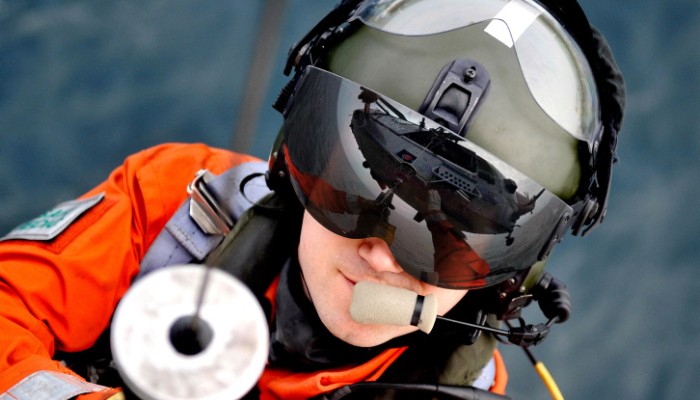
October 2024
Carriage of emergency service passengers
In progress
Determine whether to allow limited helicopter ground firefighting passenger carried under the 'aerial work' rules.
Deliverables
- Commencing Q3 2025, this change will let aerial work certificate holder use helicopters to transport ground personnel in certain situations, instead of using the air transport rules.
Aircraft and aircraft systems

October 2024
AA5: Progress the development of a fit for purpose continuing airworthiness policy for higher-risk RPAS
In progress
Review and update maintenance and continuing airworthiness policies for RPAS so they are appropriate as platforms increase in size and complexity. This includes consideration of maintenance personnel authorisations and continuing airworthiness management policies.
Principle: Risk and outcome-based.
Consultation open 21 October 2025 -
We are seeking your feedback on proposed changes to Civil Aviation Order (CAO) 100.24.
We intend these changes to reduce the administration and time involved in the maintenance authority application and approval process required for large Remotely Piloted Aircraft (RPA).
The amendment would establish a streamlined administrative arrangement to improve application and processing times.
Submit your feedback by 18 November 2025 via our Consultation Hub.
Continuing airworthiness -
We are working to improve outcomes for maintenance permissions required under the current rules (e.g., CASR 101.260, 101.265, 101.020, and CAO 100.24).
We are focused on ensuring the competency of maintenance personnel and achieving practical outcomes that reflect the aircraft type and risk of operation.
We encourage industry to provide feedback to their TWG representatives.

December 2024
AA1: Publish guidance on cybersecurity for RPAS
In progress
Create guidance material for assessing cybersecurity in low and medium-risk RPAS operations.
Principle: Balanced and socially responsible.
Guidance under review -
Draft guidance material is undergoing final review. We expect to publish it for consultation by end of August 2025.

December 2024
AA2a: Publish policy position for certifying piloted AAM
Completed
Work with international regulatory authorities to harmonise guidance on the certification of piloted AAM, airworthiness criteria and means of compliance.
Principle: Progressive and internationally aligned.
Roadmap for AAM Type Certification -
The National Aviation Authorities Network released the Roadmap for Advanced Air Mobility Aircraft Type Certification on 17 June 2025.
It aims to ensure safety, support collaboration, encourage innovation and streamline the certification and validation process for new aircraft types across international borders.
Hydrogen symposium -
We held a hydrogen and fuel cell airworthiness meeting on February 26, 2025. Industry shared key challenges and gaps in the regulations. This supports regulations for AAM aircraft in Australia.
Broader initiatives
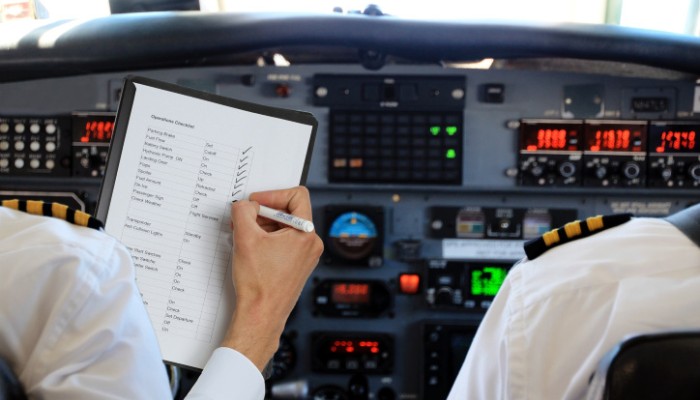
January 2025
Safety management systems
In progress
We will initiate development for a single source of safety management requirements, establishing a more consistent and less complex ruleset.
Deliverables
- Policy development and consultation 2025.
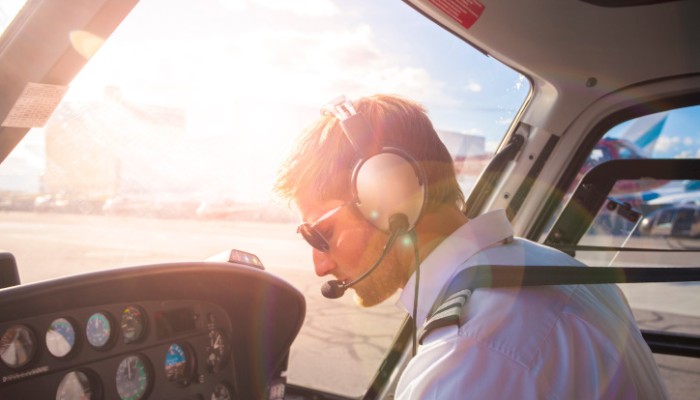
January 2025
Improve fatigue management rules
Not started
We will review Civil Aviation Order (CAO) 48.1 to identify continuous improvement opportunities for flight crew. We will then consider policy options for cabin crew fatigue rules.
Deliverables
- Post implementation review on pilot fatigue 2025.
- Industry consultation and improvements to CAO 48.1 in 2025-26.
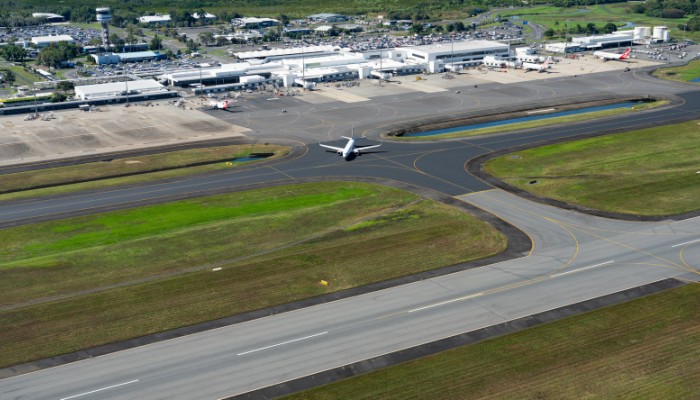
January 2025
Update aerodrome standards
In progress
We will update aerodrome standards to provide clearer guidance to industry on operating boundaries and reduce regulatory burden and costs on operators.
Deliverables
- Target MOS implementation June 2025 to serve November 2025 OLS implementation.
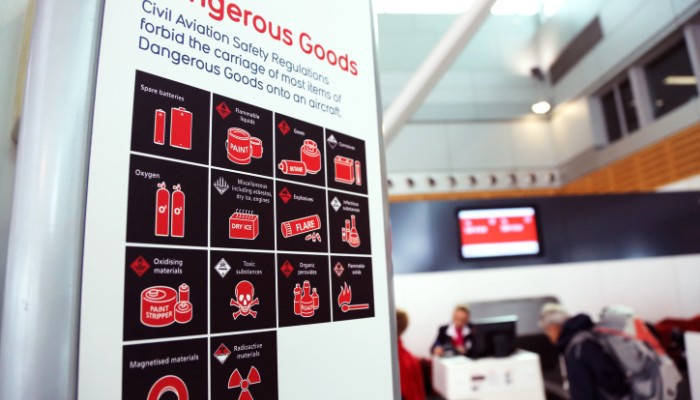
January 2025
Amendment to dangerous goods regulations
In progress
We will amend dangerous goods regulations (Part 92) to address identified deficiencies and simplify the existing legislation.
Deliverables
- Regulation drafting and industry consultation 2026.
- Implementation 2026.
Emerging technologies and future opportunities

January 2025
Standards for remotely piloted aircraft (RPAS)
In progress
We will consider amendments to Part 101 to reduce regulatory burden and reflect contemporary safety risks for the RPAS industry.
Deliverables
- MOS amendments through 2025 to bring benefits to industry.
- Regulation changes late 2025-26.
Flight operations
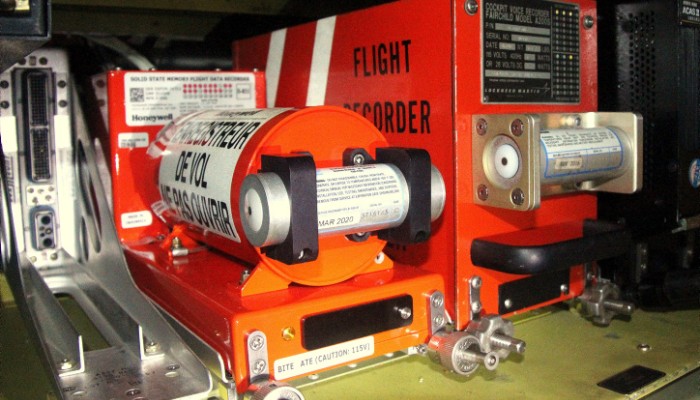
January 2025
Global aeronautical distress and safety systems
In progress
We will look to enhance the global aeronautical aircraft in distress framework to incorporate appropriate international standards.
Deliverables
- Draft and consultation on changes to MOS through 2025.
- Timing of changes with industry to be discussed.
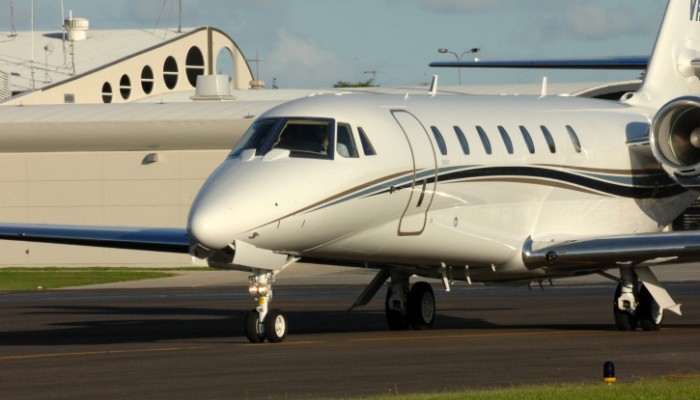
January 2025
Passenger and cargo transport operations – Part 119 MOS
In progress
Determine future policy for passenger and cargo transport flights by non-air transport businesses.
Deliverables
- Finalise policy development and undertake consultations during 2025.
- Implementation readiness and industry engagement from Q1 2026.
- Make and commence relevant rules Q2 2026.
- Deferred provisions, where needed, may be in place until approximately 18 months – 2 years after the Part 119 MOS commences.
Airworthiness and maintenance
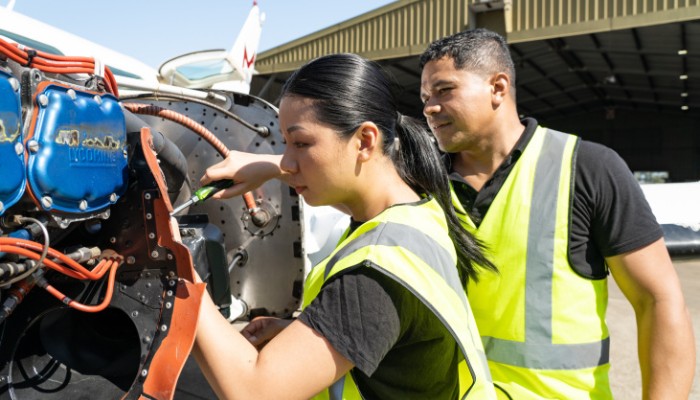
January 2025
Enhance maintenance licence pathways
In progress
Continue to remove regulatory burden to assist in the attraction and retention of aircraft maintenance engineers.
Deliverables
- Policy development and consultation 2024, implementation progressively during 2025 with development and publication of the foreign recognition framework finalised by late 2025.
- Progressive changes to the Part 66 regulations and MOS in 2025-2026 to support exclusion removal by self-study improvements.
- Review and clarify LAME privileges for annual inspections of small, simple general aviation aircraft.
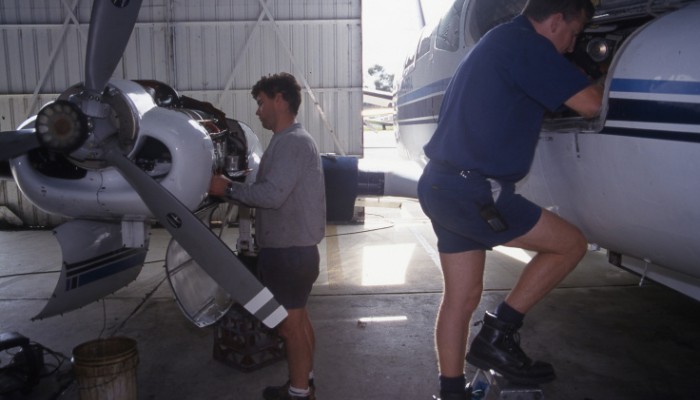
January 2025
Air transport and continuing airworthiness – Part 42 and Part 145
In progress
This will align the continuing airworthiness and maintenance regulations for all air transport sectors with the new flight operations safety risk framework.
Deliverables
- Regulation and MOS drafting to commence late 2025.
- Industry consultation will occur on the changes and guidance material.
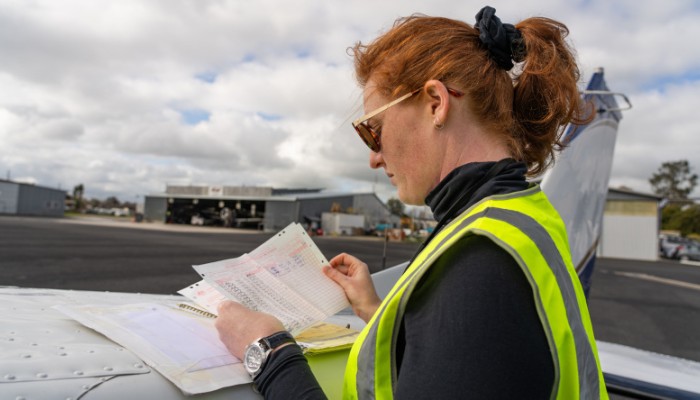
January 2025
Continuing airworthiness for general aviation – Part 43
In progress
The proposed Part 43 will reduce administrative costs and set the rules for the maintenance of aircraft engaged in private and aerial work operations.
We’ve consulted over the last 4 years and have taken your feedback on board. We are currently putting the finishing touches on the proposed ruleset, implementation guidelines, and supporting material before seeking final endorsement.
Deliverables
- Final phase of regulation making and commencement
- Implementation – preparations are underway will continue through the transition period.

January 2025
Review unique airworthiness directives
In progress
Remove duplication and ensure any unique Australian differences align with contemporary policy and regulatory approaches.
Deliverables
- Collate inconsistencies between Australian directives and requirements specified by State of Design for an aircraft and consider how these can be streamlined.
- Discuss with industry with a view to scope potential changes that would deliver the greatest benefit without unacceptable effects on safety.

